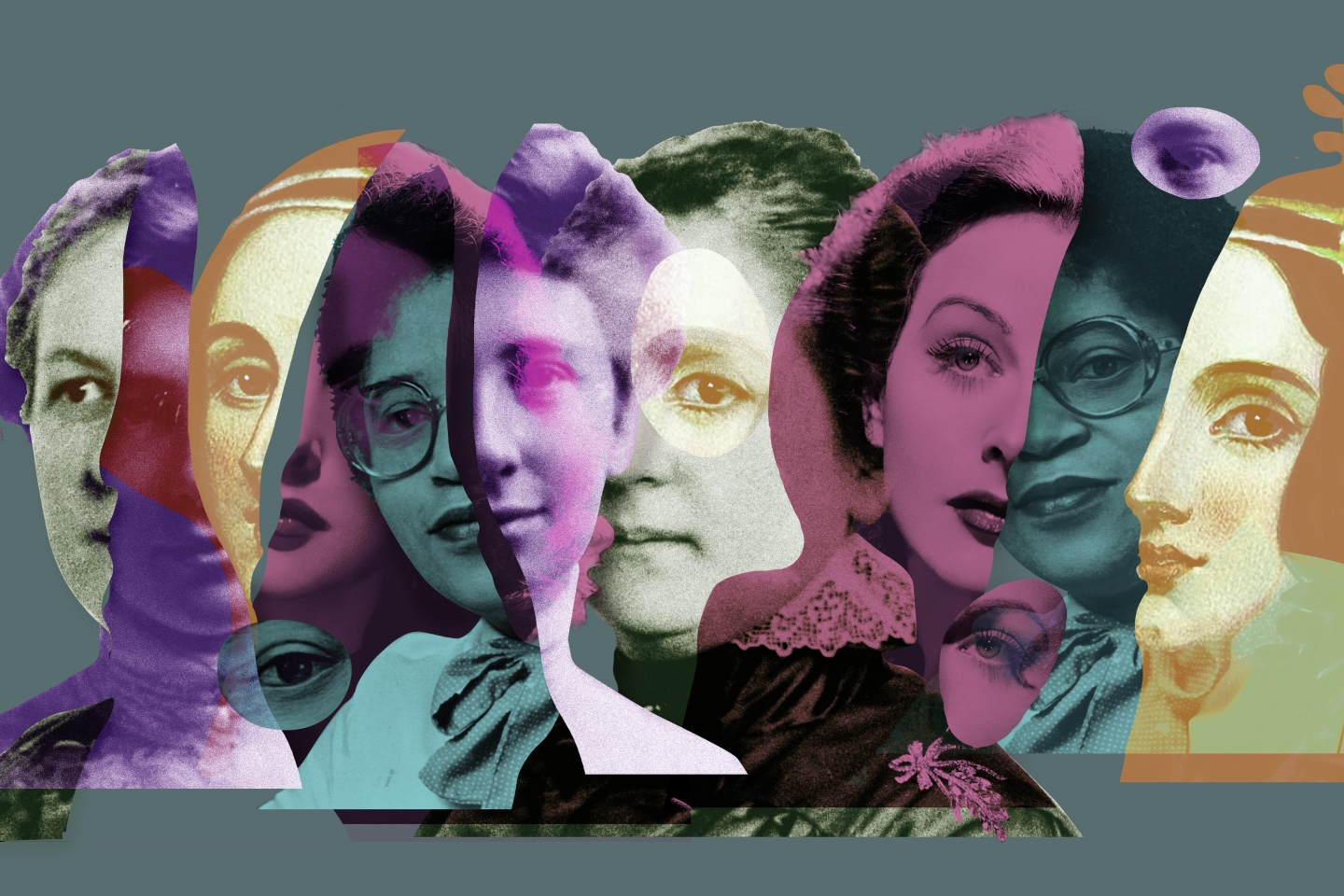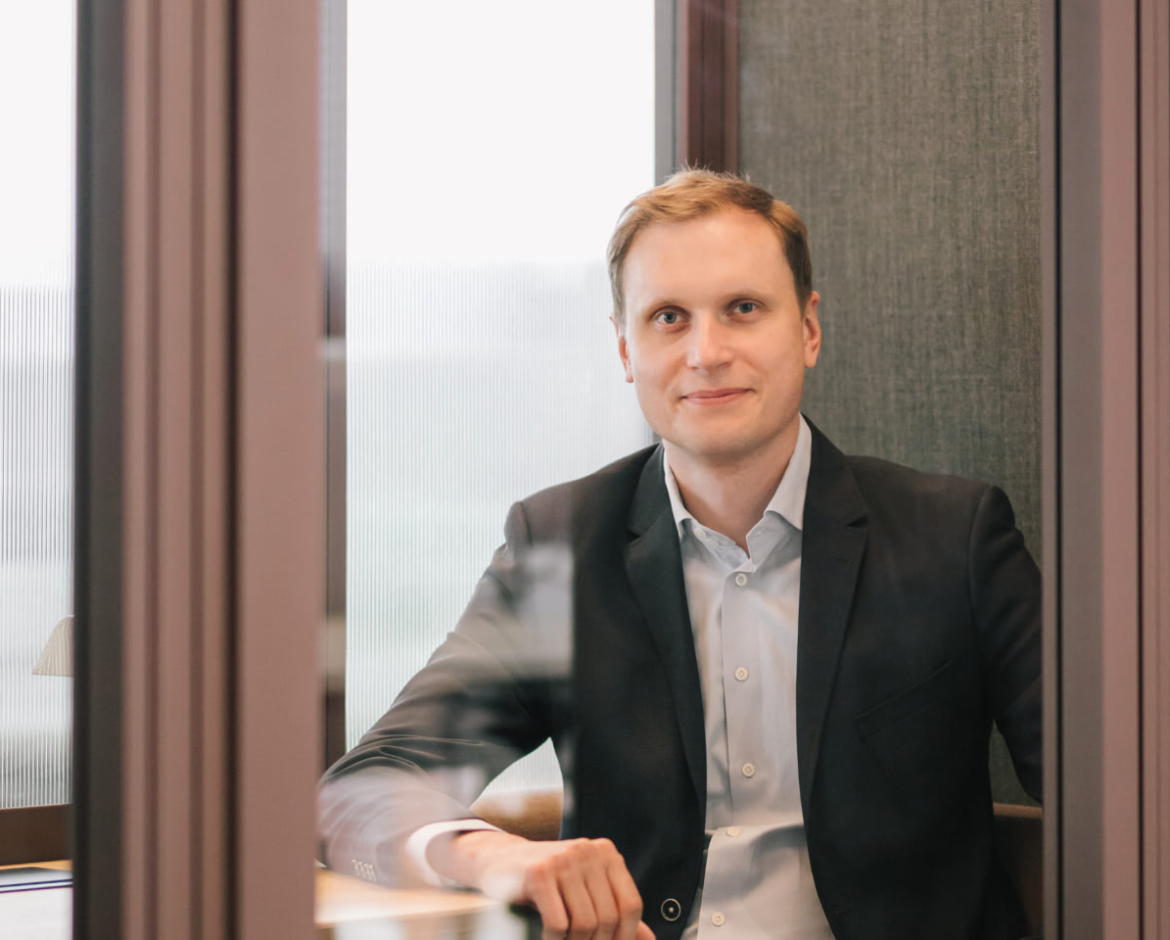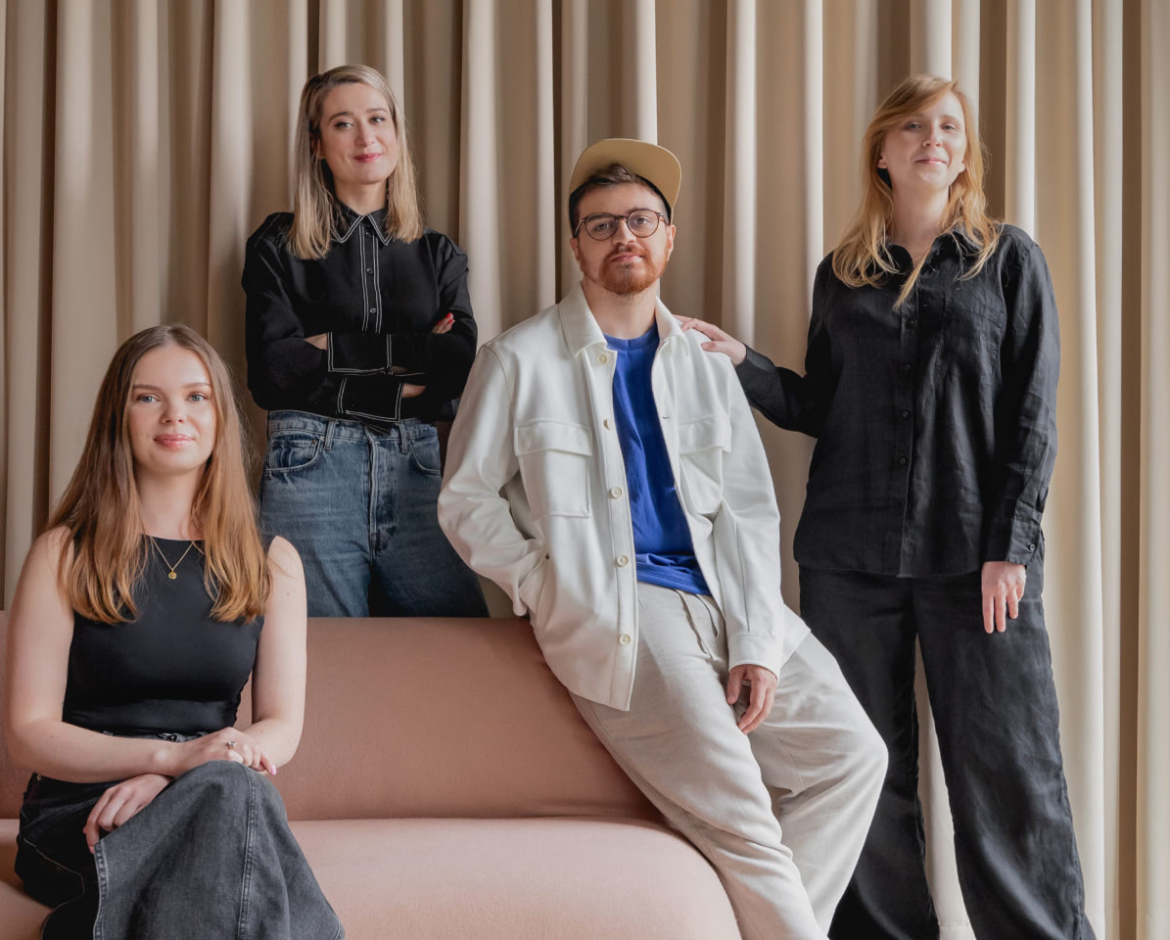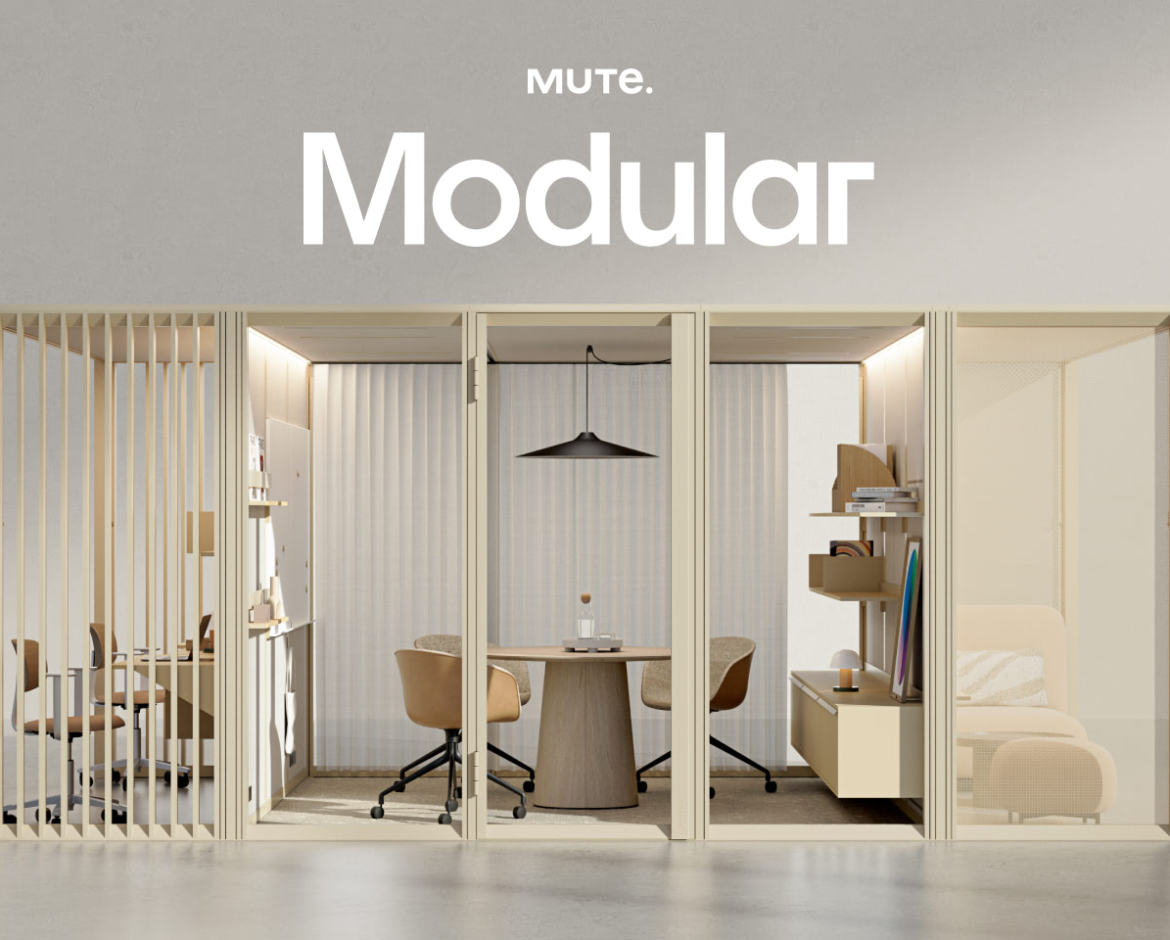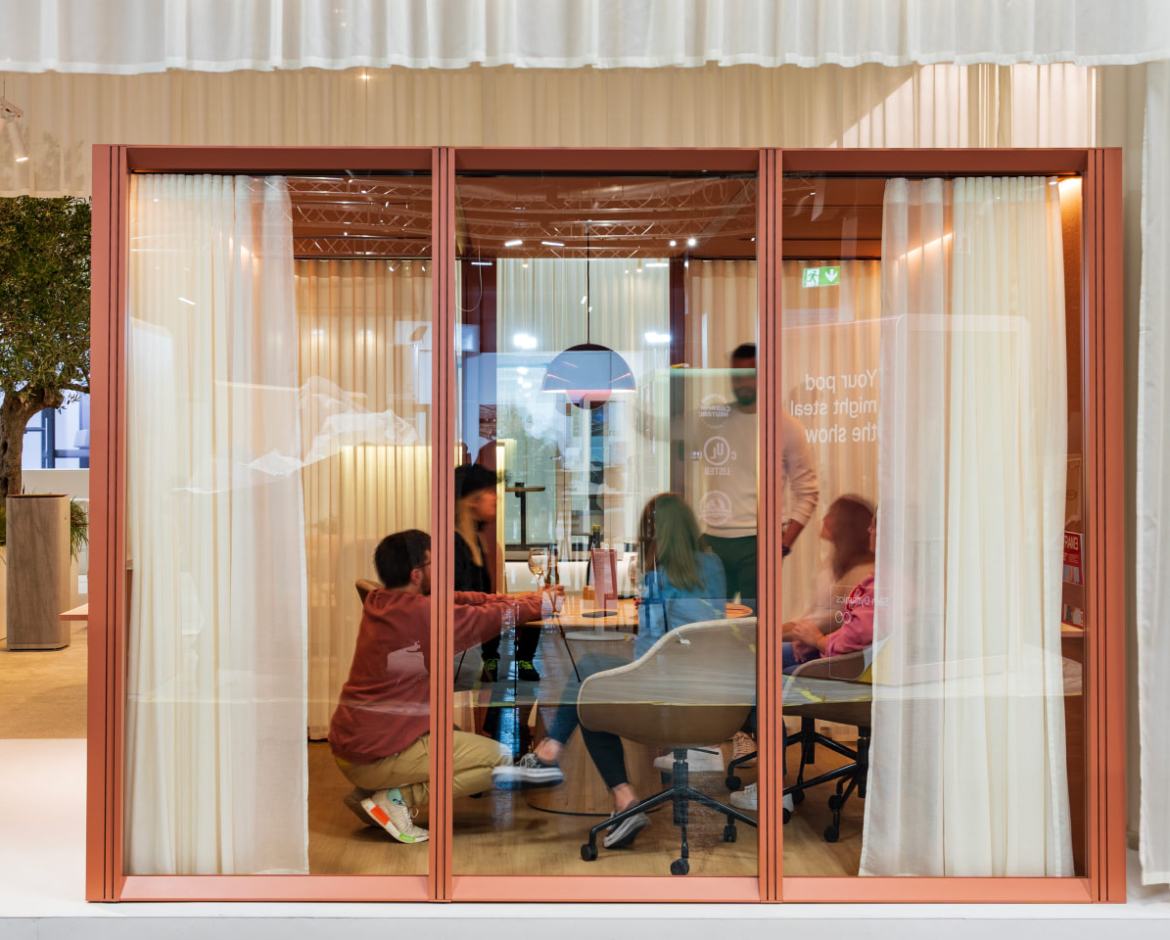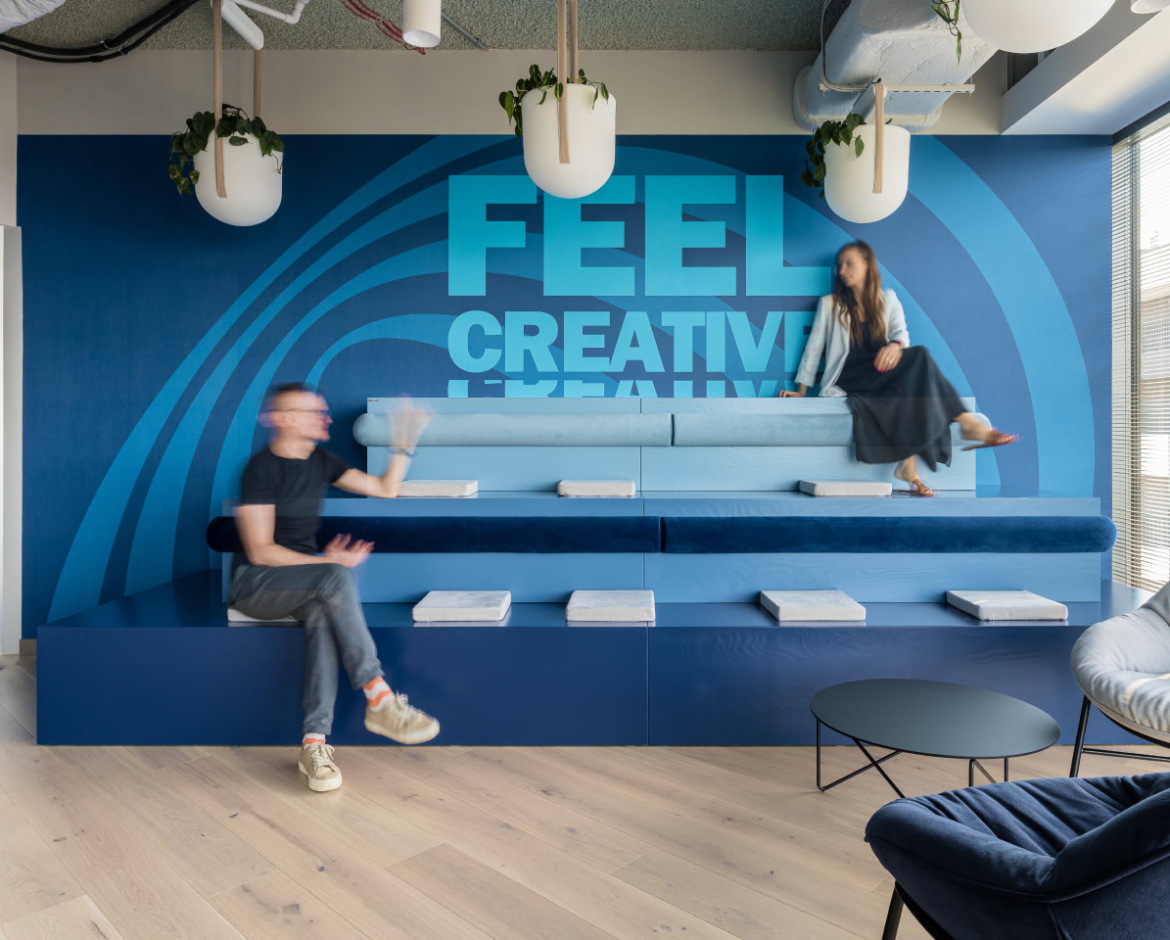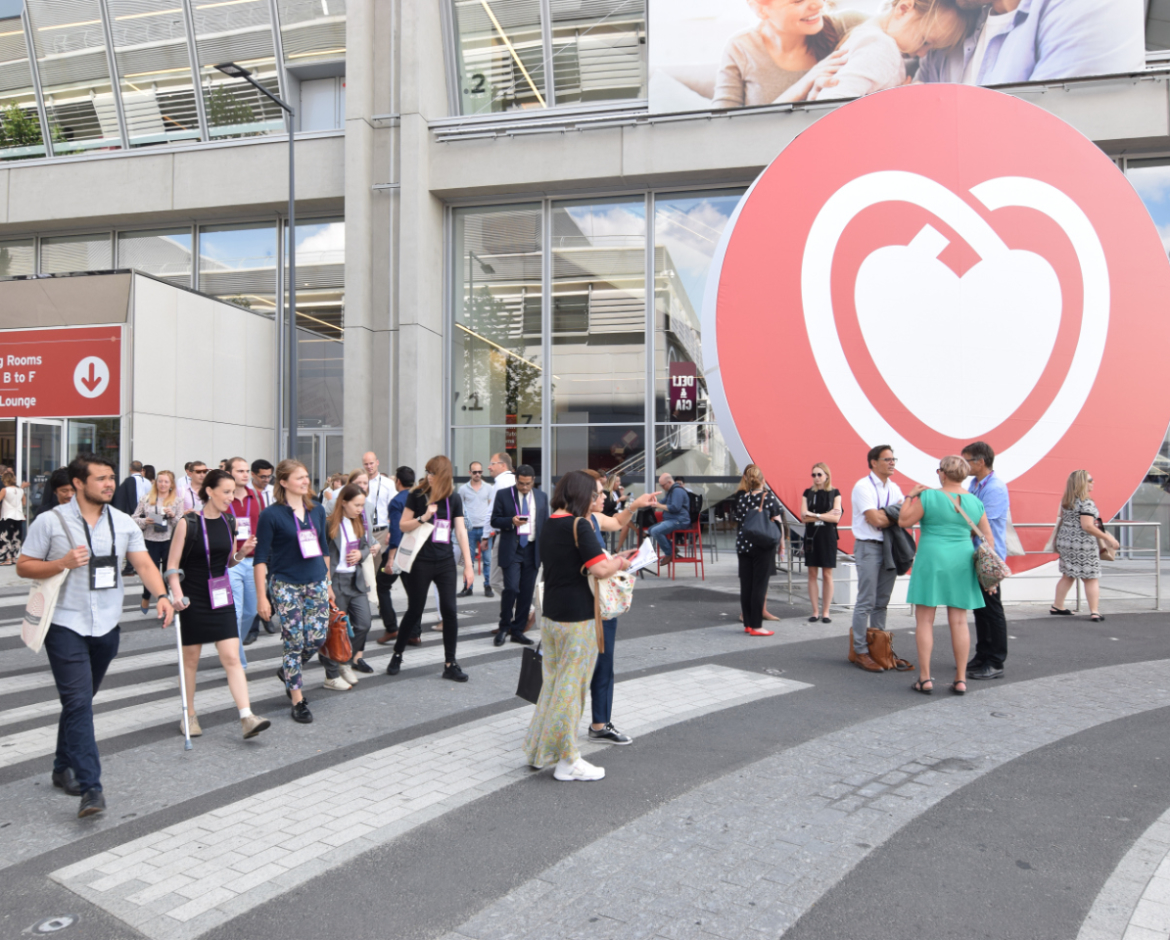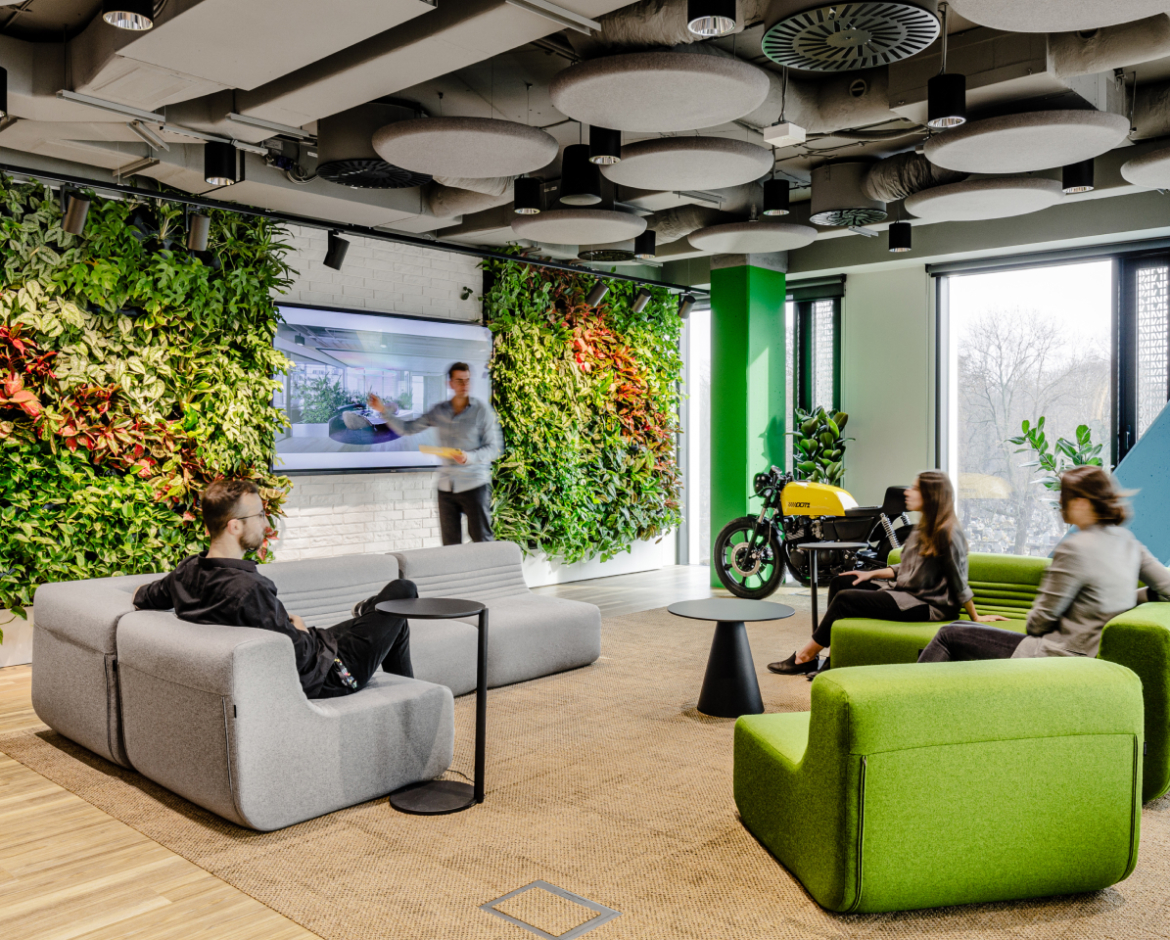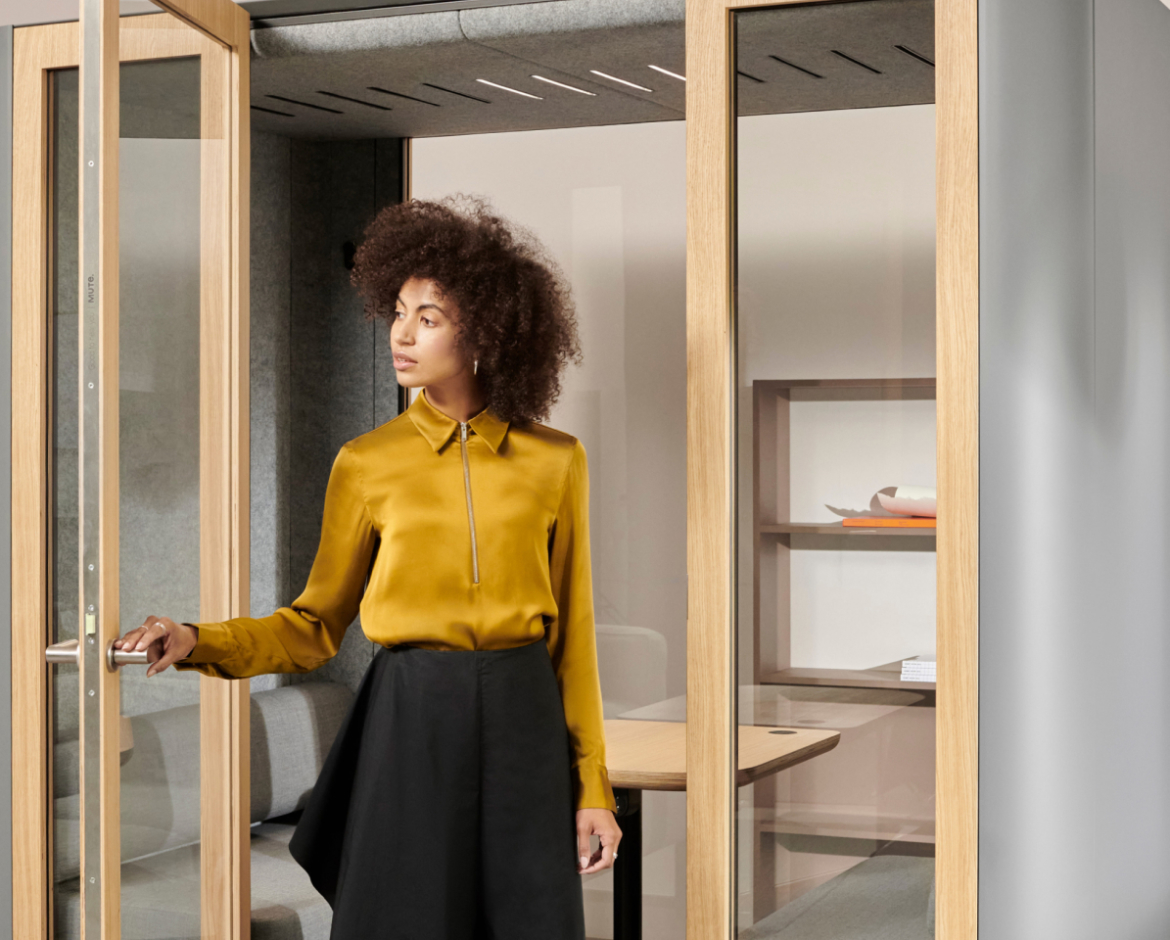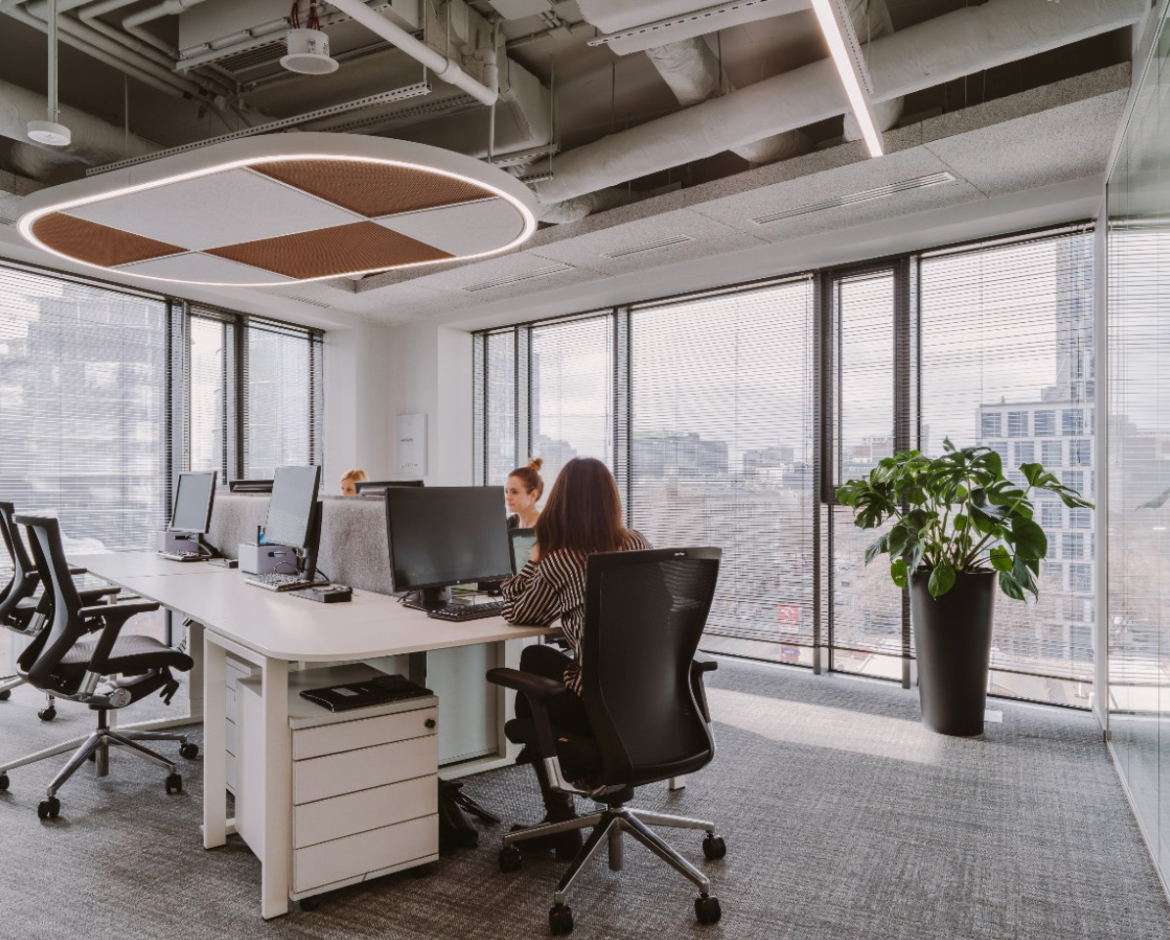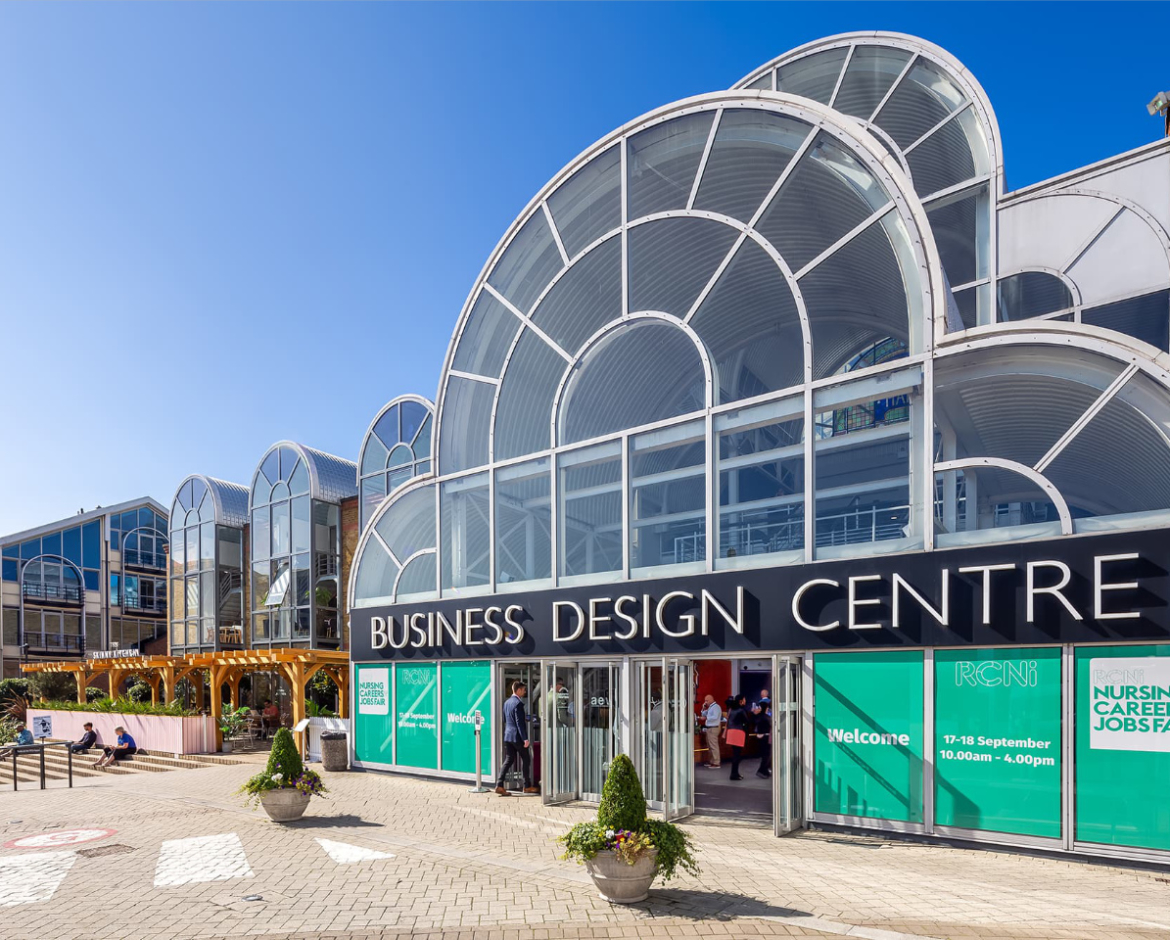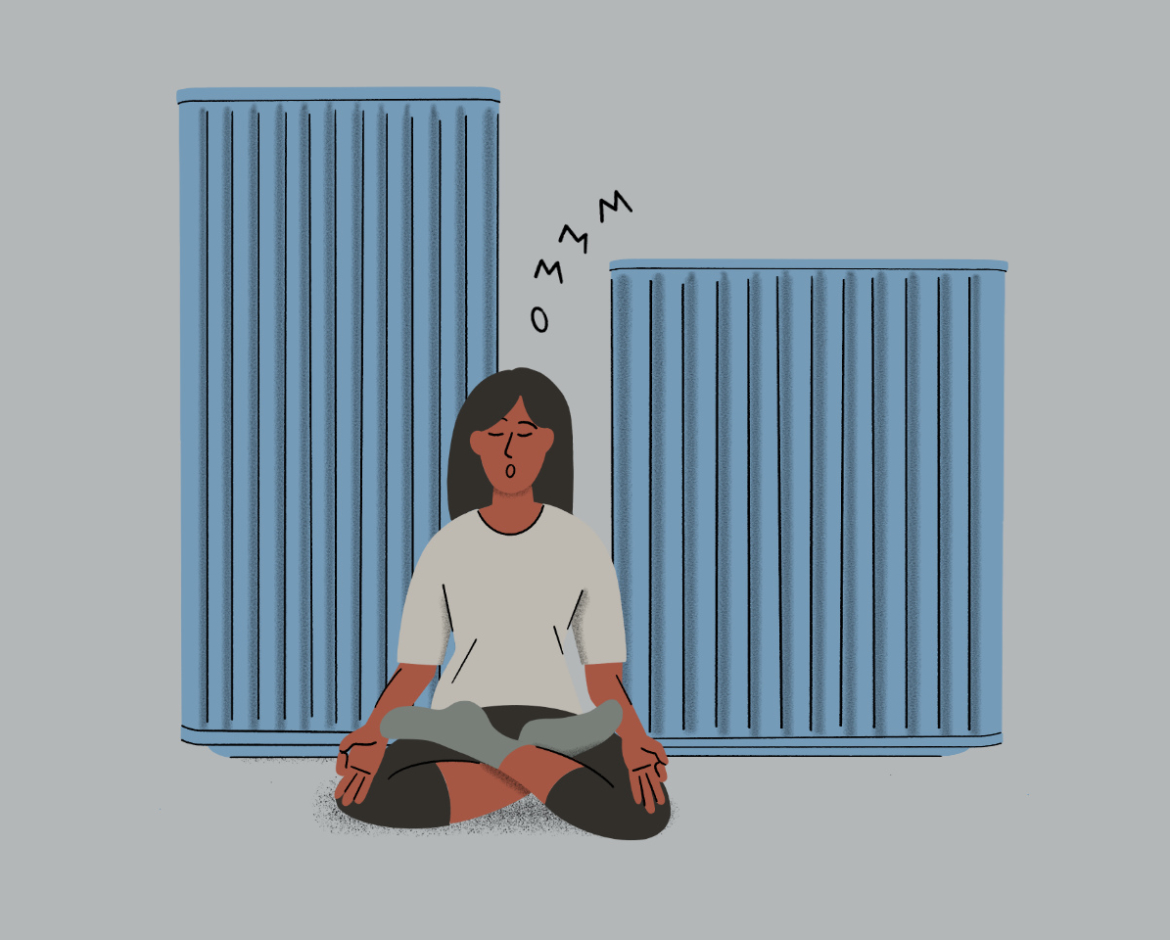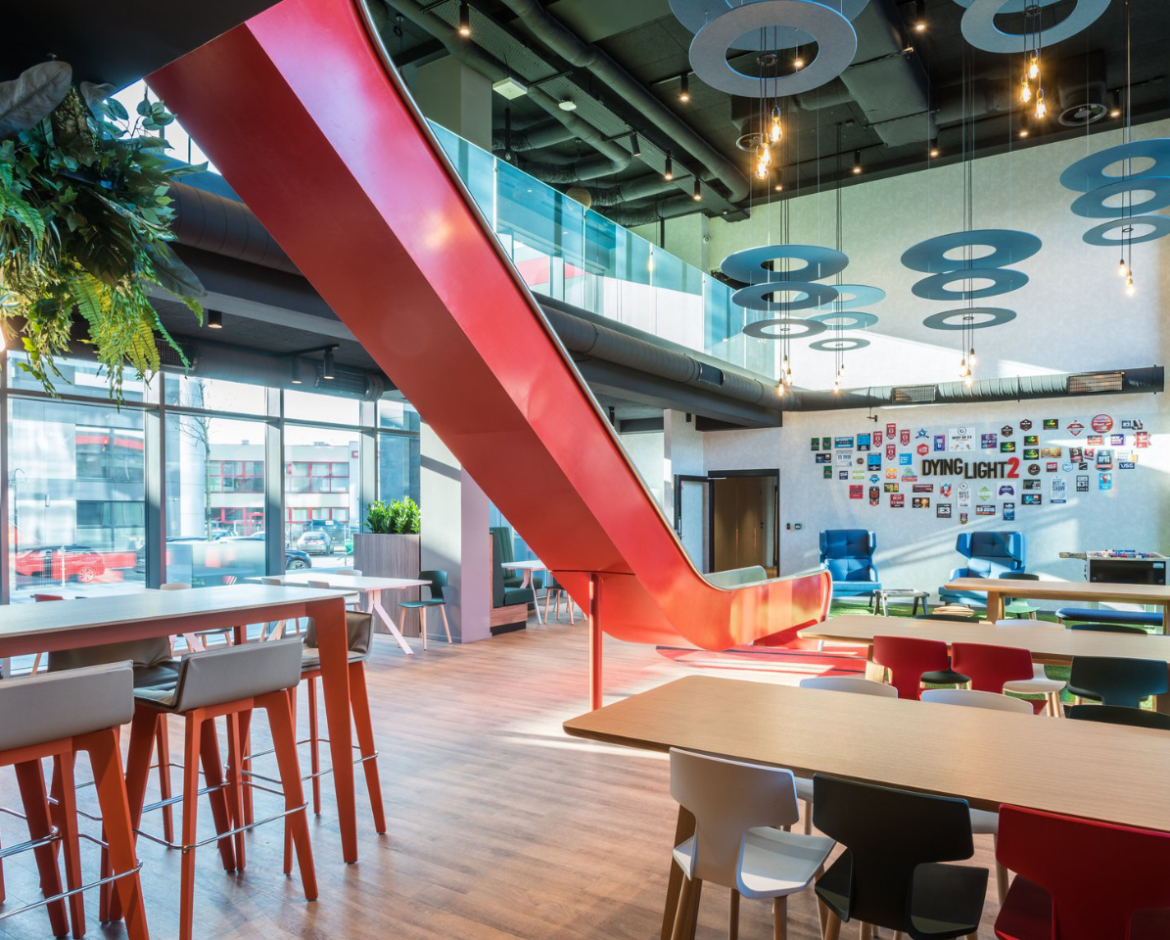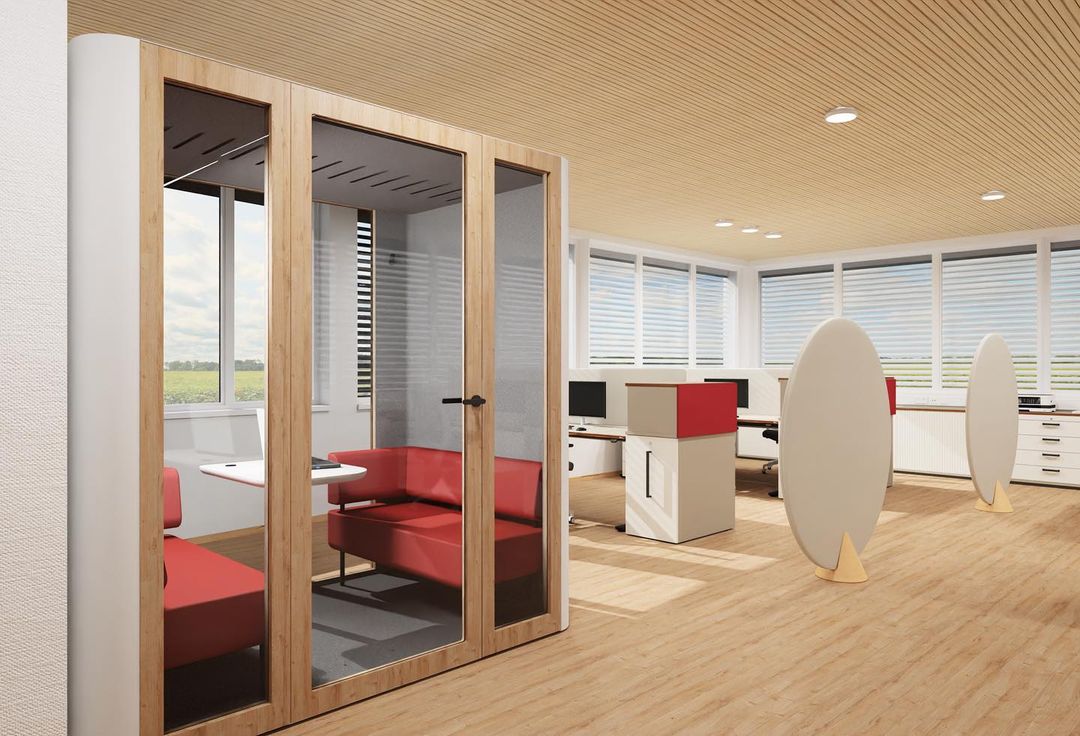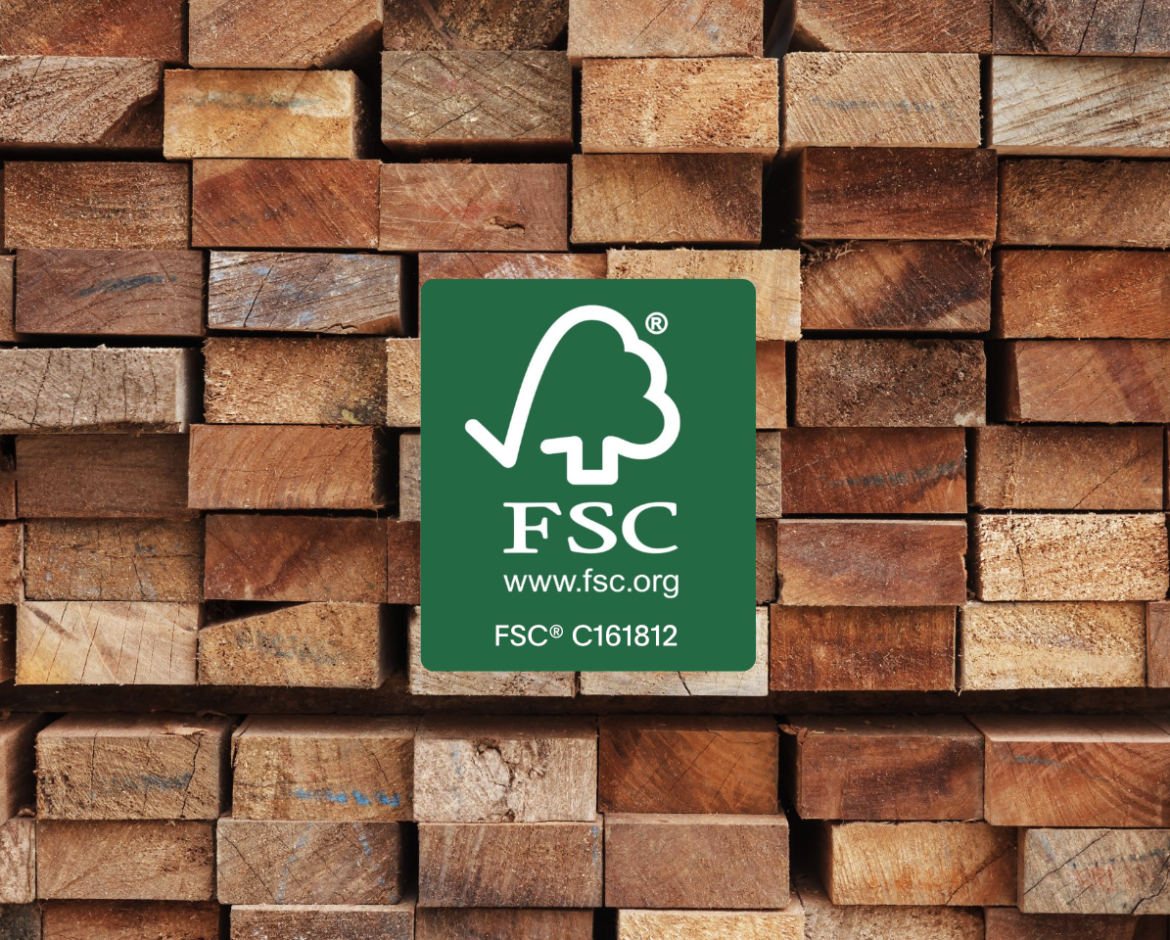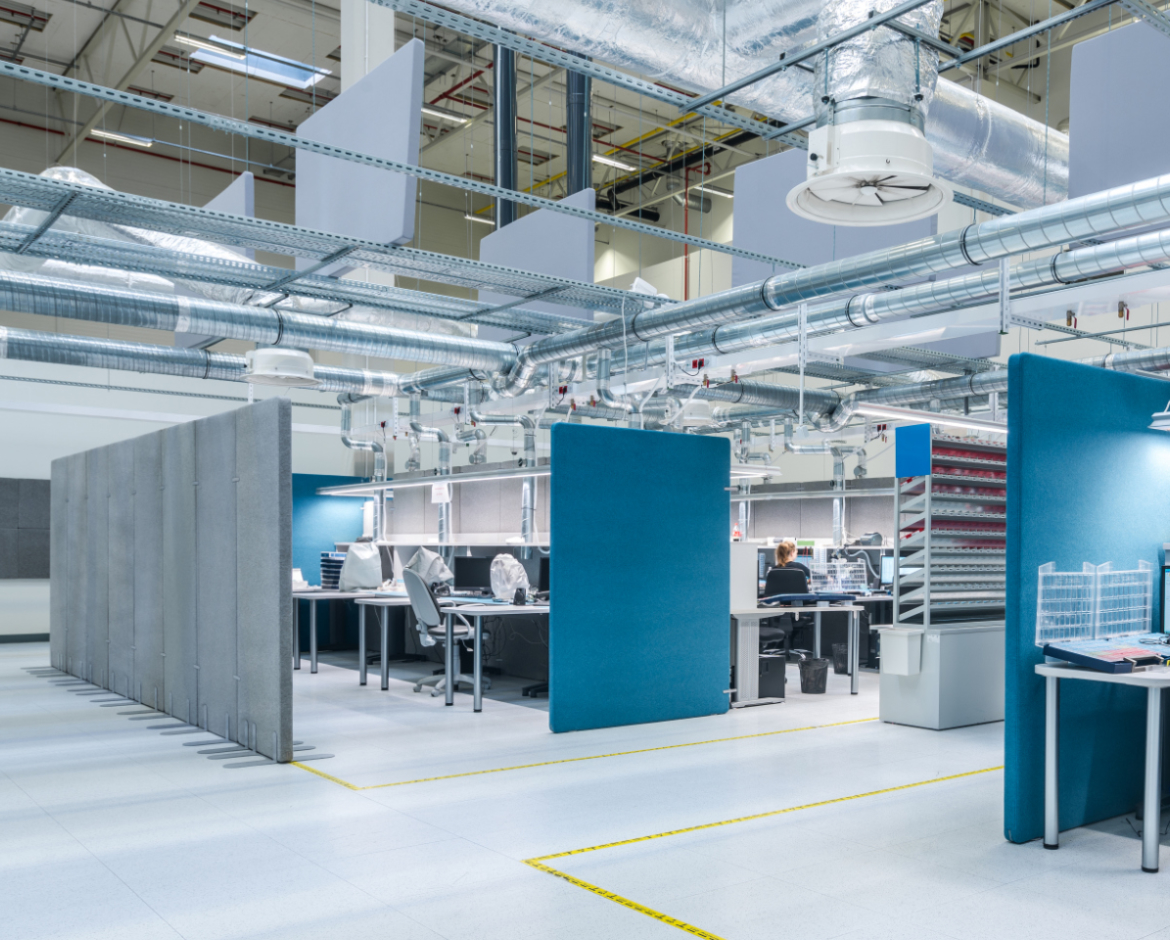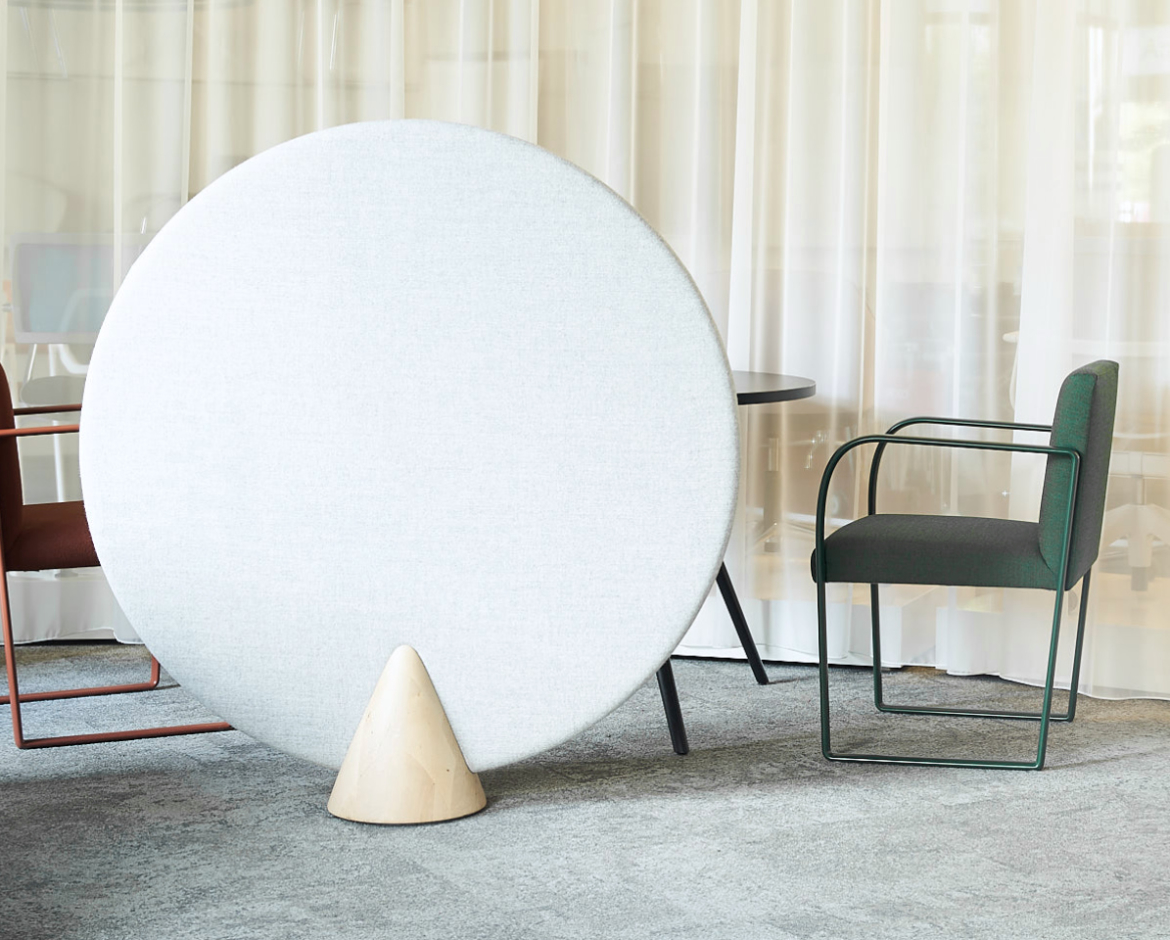Cover art by Beata Śliwińska @BARRAKUZ
At work, we’re surrounded by countless technological tools that we hardly give a second thought. We use them every day, so we take them for granted.
Historically, men have overshadowed the many women who invented countless technologies and made important scientific discoveries. In fact, we use many of these important inventions in our everyday work life at the office (and at home). Here are just a few of those innovations developed by women, who pushed against social barriers and discrimination to bring their ideas to life.
Hedy Lamarr
Year: 1942
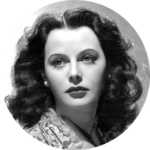
Wireless transmission technology
In the 1940s, Hedy Lamarr was a successful American actress. So it might come as surprise that after a long day on a glamorous set, she was also a technology nerd and inventor. While news German U-Boats threatened civilian ships hit newspapers during World War II, Lamarr had an idea. She had learned that radio-controlled torpedoes used by the U.S. military could be easily jammed, causing the torpedo to miss enemy submarines. So, she invented the concept of frequency-hop signals that could prevent jamming.
She patented a device to emit such a signal. Although never used during the war, “frequency hopping” was crucial to developing every wireless transmission technology we know today. So, the next time you log onto Wi-Fi or use Bluetooth, think of the Austrian-born Hollywood starlet from hits like Lady of the Tropics and the Oscar-nominated film Algiers.
Ada Lovelace
Year: 1843
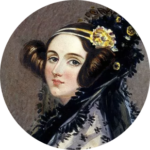
Computer Algorithm
Algorithm has been a hot word for a while—one that easily defines the business world today. Every app and computer program is based on a series of algorithms. What if we told you that the first algorithm was written almost a century before the first computer was even built?
Ada Lovelace was the daughter of English poet Lord Byron. She was a talented mathematician. In 1843, while translating the transcript of the lecture about the Analytical Engine—the complex counting machine proposed by mathematics professor Charles Babbage—Ada added her own notes, expanding the original text. Her diagram for the Analytical Engine is widely considered to be the first published algorithm that could be implemented on a computer. Could you be more ahead of your time?
Melitta Bentz
Year: 1908
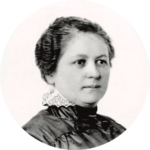
Coffee Filter
For some, only paper filters will do to make the best-brewed coffee. With a bit of luck, you’ve got them in your office’s kitchen too. But who came up with this way of preparing coffee?
Let’s meet Melitta Bentz, a housewife from Dresden and a true coffee lover. She disliked that coffee grounds always ended up in her coffee cup. A piece in The New York Times notes that “every morning she fantasized about better ways to brew.” After a few experiments with alternative ways of making her favorite drink, she finally tore a piece of paper from her son’s school notebook and used it to filter the coffee. She accidentally discovered a great, clean and minimalistic way of brewing coffee.
After receiving a patent for her invention, she started a company with her husband and sons, headquartered in their Dresden apartment. Today, the Melitta Group employs more than 4,000 people across the world. The company reported its revenue in 2017 as 1.5 billion Euros, or about 1.8 billion US
Lillian Gilbreth
Year: 1920s-70s
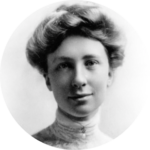
Foot-operated trash can (and more)
Speaking of the kitchen, here’s a slightly less savory—but equally as important—innovation: the foot-operated trash can. When you throw out that coffee filter, you probably step on the foot pedal to open your trash can. For sure, you have never asked yourself who invented that helpful feature.
Lillian Gilbreth was an American psychologist and a genius inventor of almost countless patents for products that appear in both homes and workspaces. Among her other ingenious ideas were shelves in refrigerator doors, the electric can-opener, and even wall-light switches. And, on top of it all, she raised twelve children. Hats off!
Shirley Ann Jackson
Year: 1970s
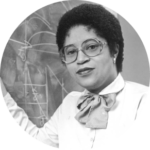
Caller ID
Before inventing the Caller ID technology, answering a call was a lottery of conversations. You never knew if your friend, boss, or a sales person was on the other side of the line. It might have been fun to guess, but on the other hand, every phone call was one you had to pick up. Fortunately, Dr. Shirley Ann Jackson, the first African American woman to earn a doctorate at the prestigious Massachusetts Institute of Technology, solved the problem.
Caller ID, a technology she invented during her work at Bell Labs in the 1970s, allowed us to know who is calling and, we admit, avoid some calls. And, thanks to her other invention, call waiting, we can receive incoming calls while on another call. No more missed business calls!
You might also like
Infrastructure Giant VINCI Energies Revamps Office with Mute Modular
Future-Proofing Properties: Adaptability in Commercial Real Estate Market
Neuroarchitecture in the Workplace: How Space Can Affect Performance and Comfort
Sounds Like Change – Inside the New Spectacular CANPACK Workspace
Back to Basics: 3 Golden Rules to Follow While Buying Acoustic Pods
Glass Never Sounded Better – Inside the Marvelous Wutkowski Office
Eudaimonia Machine – What Does an Ideal “Deep Work” Office Look Like?
How Trzop Architekci Brought Silence and Tranquility to the L’Oreal Office
How the Pandemic Helped Us Realize What the Perfect Workspace Looks Like
Well-Being Boosters: 4 Reasons to Improve the Acoustics in Your Office
How Widex Boosted Their Quality Index Up to 98% with Top Acoustic Solutions
How Widex Boosted Their Quality Index Up to 98% with Top Acoustic Solutions
Be the first to know!
Join our newsletter and keep your inbox energized!
Don’t miss out on product launches and all major updates concerning our offers.

